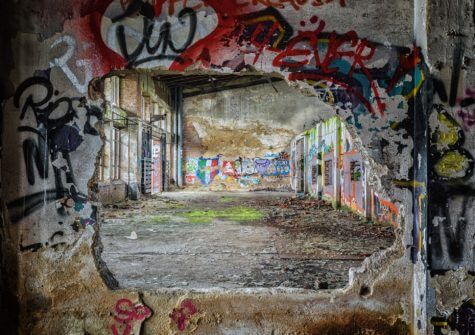EAST LANSING, Mich. — Note to public officials: if you want to keep vacant lots safe, make efforts to maintain them. A new study finds that unused properties kept in good shape in urban areas led to a reduction in crime.
Researchers at Michigan State University juxtaposed nine years of crime statistics in Flint, Mich. with data on the maintenance of abandoned spaces in various neighborhoods in the region.

Assigning each neighborhood a “greening score” that quantified the level of upkeep on vacant properties, the researchers used a method called “Emerging Hot Spot Analysis” to determine patterns and trends over the nine-year period ending in 2014.
What they found was “that greening was more prevalent where violent crime, property crime and victimless crime were going down,” says lead researcher Richard Sadler in a university news release.
The study was inspired by a local initiative that aimed to eliminate blight in the Flint area. While the project was mainly intended to simply clean up unoccupied properties, it also had an unintended benefit: illegal activity had seemed to decline.
The program’s director, Christina Kelly, said of this new study that she wasn’t the least bit surprised by the results.
“We’ve always had a sense that maintaining these properties helps reduce crime and the perception of crime,” says Kelly, who is the planning and neighborhood revitalization director for the Genesee County Land Bank Authority.
Flint serves as a special case study in that the city is dramatically smaller in size than it had been in previous decades, and is plagued by poverty and high rates of criminal activity.
Largely due to its decrease in population, over 42 percent of properties in Flint are either publicly-owned or vacant.
Many have previously argued that the immense benefits that emanate from greening programs— lower incidences of stress, depression, and criminal activity, for example— far outweigh any potential financial costs.
If nothing else, well-maintained neighborhoods hint to potential lawbreakers that their behaviors will be noticed, Sadler argues.
“It’s people looking out for their own neighborhoods,” he says. “If you know somebody’s watching, you’re not going to go out and vandalize something. It’s the overall change in perception created by cleaning up blighted property.”
The study’s findings were published in the journal Applied Geography.

Comments
Comments are closed.